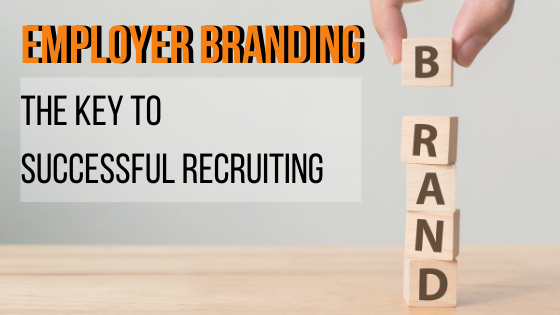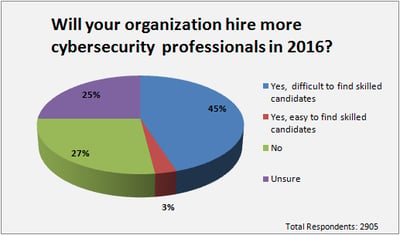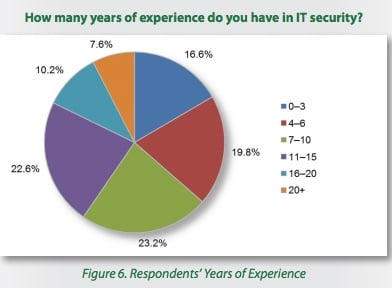What is the Most Important thing to Consider when Hiring?
The most important consideration when hiring is that the candidate is qualified for the job... Right?
Not completely. Beyond that, you have to ask yourself, “How will this person fit into my company?” You certainly don’t want to hire someone who won’t feel comfortable coming into work every day. An unhappy employee that doesn’t fit in could pose difficulties to the rest of your team by changing your carefully maintained company atmosphere. Even if you're using all of your best hiring practices, you could be overlooking something.
5 Vital Considerations to Consider when Hiring the Perfect Candidate
1. Getting their message across
Every company has its norms, its customs and habits, and how your employees communicate is a vital part of company culture. How do your employees tend to talk to each other, or with managers? Do they email, instant message, call, make appointments in a calendar app, pass notes or face time?
Take some time to examine how the potential hire communicates. Do they seem like a good personality fit, and is are they an effective communicator? Vast differences in communication and work styles can cause disruptions with others, and lead to problems with productivity. Make sure that you screen for these things before you pull the trigger on a new hire.
2. Level of Supervision
Management style is a fundamental aspect of company culture, and it’s important to note when considering a candidate. When one of your employees is undertaking a task, how often do you or another manager check in on them? How often do you offer assistance? And how much do you expect to be contacted for help?
It’s necessary for a candidate to understand how much they can reasonably expect to be managed. Make sure that your organization's preferred method is one that the candidate will thrive under.
3. Social Time
Do your employees take breaks together, or is it an ‘every man for himself’ situation? Neither is better than the other, but if a candidate isn’t a good match, it can make for an uncomfortable workplace. Go ahead and ask them what they're used to doing on their lunch break. Do they bring food, do they like to go out with co-workers, or do they order takeout with others? Checking on these traits can make the difference between a lifetime employee and a two-year hire.
4. The View From The Bottom
A big part of a company’s culture is what employees and managers define as winning, and how that’s achieved. Make sure you know what traits are highly valued in your company. If that’s the ability to work alone and come up with a perfect product, or to be an excellent team member, then you should test your candidate for these things. Asking about their work style (if they prefer to work alone, or in teams) can be a very good indication of whether or not they are a good match for your company.
5. Is your Office Space a Picture of Harmony?
How personalized is the office? Are there pictures of your team's success, or are you as spartan as can be? Do your employees heavily customize their space, or is everything there specifically utilitarian? Having an overall pleasant space and making sure that your current employees and potential hires have similar or complementary styles can help to create a unified atmosphere in the workplace.
Use What You’ve Learned
Now that you’ve examined your company’s traits, make sure you start looking for harmony right from the beginning with a new hire. In your interview:
- Ask candidates how they preferred to communicate in their previous job.
- Ask how they are accustomed to being managed, and if they are flexible in their style.
- Ask yourself if this candidate shares your company’s values.
- Give your team a chance to meet them, get their feedback, and absolutely let it inform your judgment.
Remember, there’s a person behind that resume, and some candidates are adept at making themselves look good on paper. Dig a little deeper and get to know who they are.








.png?width=800&name=Is%20the%20Hybrid%20Recruiting%20Model%20right%20for%20your%20business_%20(1).png)









